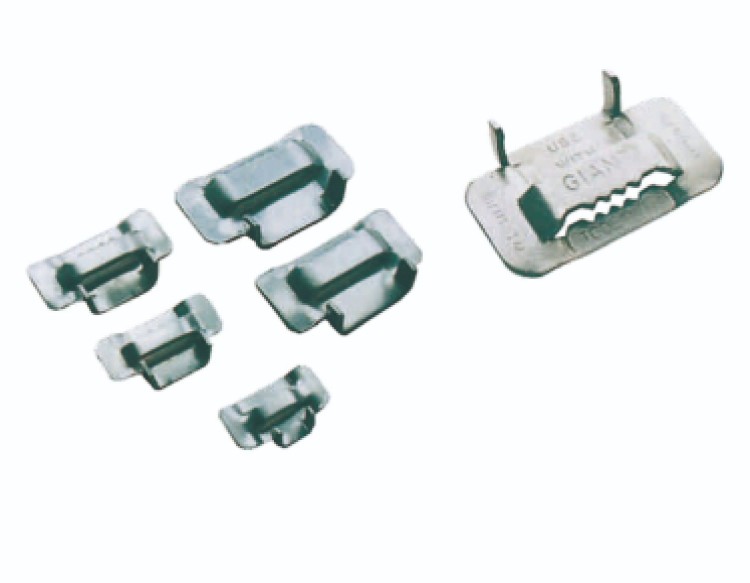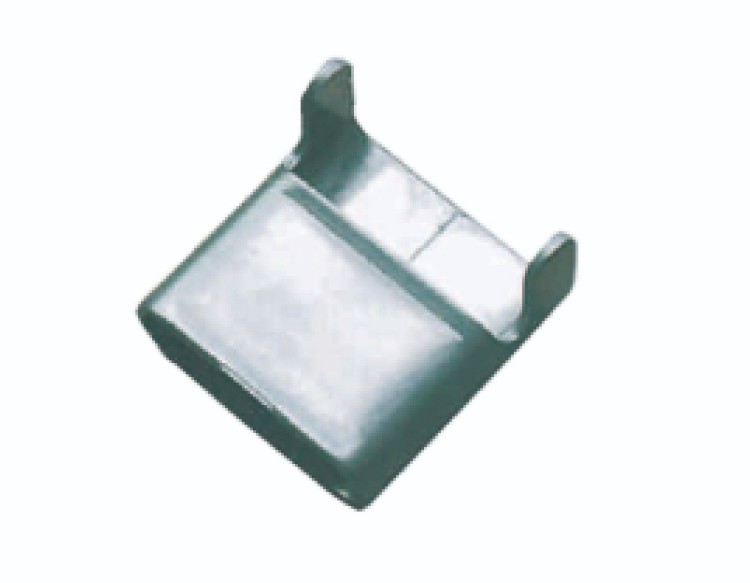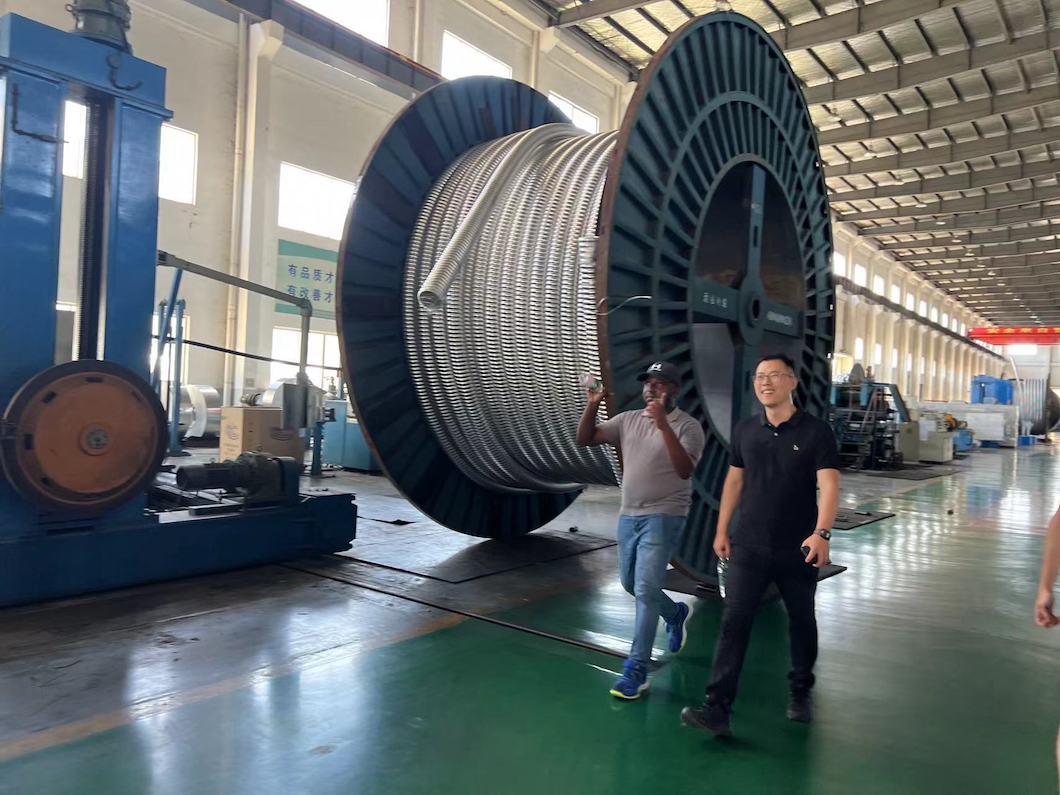| Tooth type | |||
| Modle | For band width | Thickness | |
| lnch | mm | mm | |
| SMBT14 | (1/4) | 6.35 | 0.8 |
| SMBT38 | (3/8) | 9.53 | 1 |
| SMBT12 | (1/2) | 12.7 | 1.2 |
| SMBT58 | (5/8) | 15.88 | 1.2 |
| SMBT34 | (3/4) | 19.05 | 1.5 |
| SMBT1 | 1 | 25.4 | 1.8 |
| SMBT114 | 1 (1/4) | 32.5 | 2 |
| L type | |||
| Modle | For band width | Thickness | |
| lnch | mm | mm | |
| SMBL14 | (1/4) | 6.35 | 0.6 |
| SMBL38 | (3/8) | 9.53 | 0.7 |
| SMBL12 | (1/2) | 12.7 | 0.7 |
| SMBL58 | (5/8) | 15.88 | 0.8 |
| SMBL34 | (3/4) | 19.05 | 1 |
Here are some details about it:
1.Material: Stainless Steel Buckles are typically made from stainless steel materials such as 201, 202, 304, and 316L. They are known for their corrosion resistance, cold resistance, high temperature resistance, and large bearing capacity.
2.Design: They are formed by a stamping process and have a smooth surface with no burrs on the edges and corners.
3.Usage: Stainless Steel Buckles are often used when single strands of steel banding are fastened together. They are easy to install and are strong enough for very heavy-duty applications and high-tension uses.
4.Types: There are various types of stainless steel buckles available in the market. For example, you can find belt buckles, roller buckles, cam flap buckles, square belt buckles, and more.























